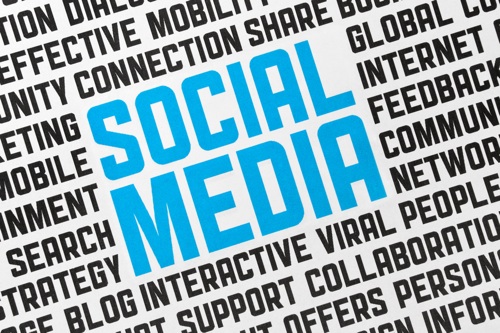
Facebook’s recent announcement that users can now Skype each other on the social media platform has a lot of grandparents and far-flung friends excited about the service. But will it matter for brands? At the moment, the answer seems to be no, although there are some marketers on the nascent Google+ trying to make a go of it. As these two video options evolve, though, companies are likely to find that the best way to facilitate interactive, video-driven customer service is still via their own online properties.
As Facebook recently told the ClickZ marketing website, “Marketers can’t video call people who like their Pages and can’t group chat with fans. Also…Facebook ads can’t be targeted to private information such as chat and messages.” Even if these activities were offered, would marketers be wise to embrace them?
On Google+, Ford is experimenting with group chat features between small clusters of fans and executives. However, Scott Monty, Ford’s head of social media, told ClickZ these trials are preliminary. “They [Google] haven’t made profiles such that they’re brand friendly…It’s a human-centered platform.”
Despite brand-friendly policies that might eventually come from Facebook and Google+, today’s reality is that users’ time on social media is heavily divided. When users have time to either catch up with friends and family or video chat with a brand executive, the brand will likely lose. But when consumers truly desire interaction with a business – when they’re browsing products or reading online reviews – they are far more likely to opt in for live support via video.
There may be limitless opportunities to engage prospects via social media, but brands must be cautious about which opportunities truly pay off. Consumers want the power to directly request video chat when they actually need it – as they browse companies’ websites, landing pages and banner ads. By complying with that desire, brands are registering real conversions and ROI today.

0 Comments
Leave A Comment